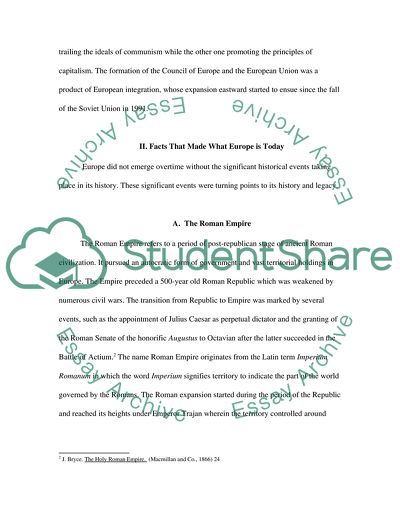Cite this document
(Europes Significant Events Term Paper Example | Topics and Well Written Essays - 2500 words, n.d.)
Europes Significant Events Term Paper Example | Topics and Well Written Essays - 2500 words. Retrieved from https://studentshare.org/history/1718844-regional-and-economic-international-organizations-international-politics
Europes Significant Events Term Paper Example | Topics and Well Written Essays - 2500 words. Retrieved from https://studentshare.org/history/1718844-regional-and-economic-international-organizations-international-politics
(Europes Significant Events Term Paper Example | Topics and Well Written Essays - 2500 Words)
Europes Significant Events Term Paper Example | Topics and Well Written Essays - 2500 Words. https://studentshare.org/history/1718844-regional-and-economic-international-organizations-international-politics.
Europes Significant Events Term Paper Example | Topics and Well Written Essays - 2500 Words. https://studentshare.org/history/1718844-regional-and-economic-international-organizations-international-politics.
“Europes Significant Events Term Paper Example | Topics and Well Written Essays - 2500 Words”, n.d. https://studentshare.org/history/1718844-regional-and-economic-international-organizations-international-politics.


